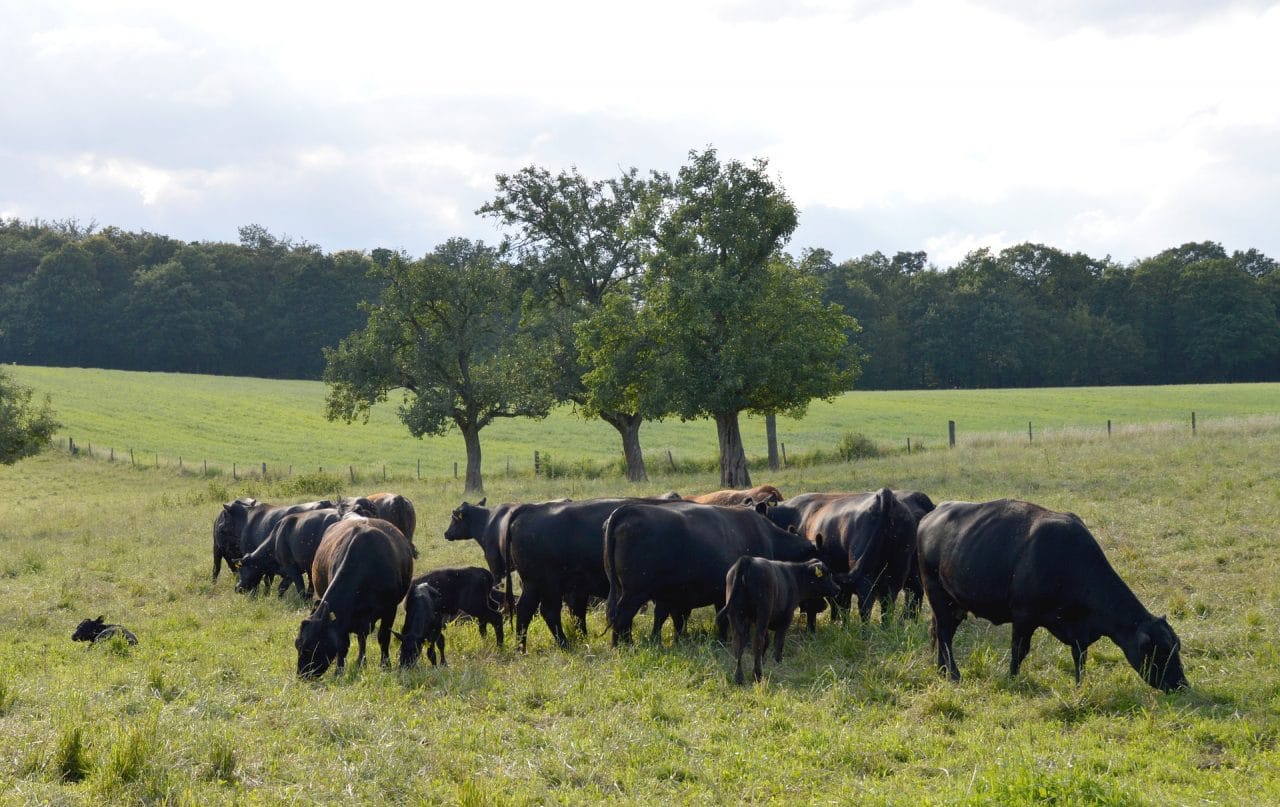The Welsh Organic Producer Survey 2016 has revealed a rise in sales of organic products in Wales, despite a fall in the land area certified as organic in the country.
The report, produced by Organic Research Centre for the Organic Centre Wales (OCW), was published in July and also showed an increase in the number of farms and land area covered by the Glastir Organic scheme, as well as strong interest from farms wanting to convert.
Compared with 2015, organic finished lamb sales were up by 17% in 2016, from 120,000 to 140,000 head; organic finished cattle up by 16%, from 5,000 to 5,800 head; and organic milk sales up by 7%, from 56 to nearly 60 million litres.
These increases were said to be consistent with the 7% increase in UK retail market sales of organic food in 2016, showing the potential for Welsh producers to respond to growing domestic and export market opportunities.
However, the certified fully-organic and in-conversion land area recorded by Defra in 2016 fell by 1.8%, from 82.9 thousand hectares to 81.5 thousand hectares, as a result of a combination of reduced area of land in conversion, but a 1% increase in the area of land achieving full organic status.
Confidence within the sector remains high, according to the report, with 39% of producers surveyed intending to remain in organic production for ten years or more, and a further 38% for three to five years.
But the future growth of the Welsh organic farming sector is still uncertain. Nic Lampkin, director of the Organic Research Centre, says: “With only a small proportion of applicants qualifying for Glastir Organic agreements from 2017 due to funding restrictions, and no window planned for 2018 agreements, will Welsh producers be able to take advantage of the renewed optimism in the organic sector? Or will the opportunities be lost to other parts of the UK at their expense?”
The full 2016 report can be found here.





